
How Does Cycle to Work Scheme Work: Complete Guide for UK Employees
The Cycle to Work scheme is a government-backed programme that helps UK employees get bikes and essential cycling equipment at a reduced cost. If you’re wondering how the Cycle to Work scheme works, this guide explains the process, benefits, and options—including e-bikes—while showing how both employees and employers can save money and improve wellbeing.
What Is the Cycle to Work Scheme?
The Cycle to Work scheme is a government initiative that helps employees commute by bike, promoting healthier lifestyles and reducing traffic and pollution. It works as a salary-sacrifice benefit, where your employer buys the bike and equipment, and you repay it through pre-tax salary deductions. The scheme includes e-bikes and modern commuting options, giving you flexibility to choose the bike that suits your journey.
How the Cycle to Work Scheme Works
The Cycle to Work scheme makes getting a bike for commuting simple and affordable. In short, your employer buys the bike and accessories on your behalf, and you repay the cost through pre-tax salary deductions. At the end of the scheme, you can return, buy, or extend the hire of your bike.
Here’s a step-by-step breakdown:
Step 1: Choose Your Bike and Accessories
You can select from a wide range of items, including bicycles, e-bikes, safety gear like helmets and lights, commuting clothing, and accessories such as panniers, locks, and pumps.
The scheme also supports cycle-share subscriptions from providers like Santander, Lime, or Beryl through services such as CycleSaver. This is perfect if you don’t want to store a bike at home or need flexibility for short journeys.
Step 2: Apply Through Your Employer
Your employer must be registered with a Cycle to Work provider, and once approved, you’ll receive a voucher, Letter of Collection, or redemption code to pay for your bike and accessories at participating retailers, with no upfront cash required.
Step 3: Salary Sacrifice & Payroll Deductions
The cost of the bike is deducted before tax from your salary. This reduces your taxable income and saves you money on income tax and National Insurance.
Example:
-
Annual salary: £31,000
-
Bike + accessories: £1,500
-
Monthly deduction: ~£90
-
Total savings: ~£420
This shows how the Cycle to Work scheme works in practice with salary deductions, making bikes much more affordable for employees.
Step 4: End of Hire Options
At the end of your hire period, you have three main options:
-
Return the bike and accessories to the provider.
-
Buy the bike at a fair market value, typically around 25% of the original cost if it’s less than a year old (per HMRC rules).
-
Extend the hire for up to three years with a small refundable deposit. After this period, the bike and equipment are yours at no extra cost.
Who Can Take Part in the Cycle to Work Scheme?
The Cycle to Work scheme is open to certain UK employees, but there are eligibility rules to follow. Knowing who can participate helps you understand if you can benefit from tax savings and salary sacrifice.
-
Employees paid through the Pay As You Earn (PAYE) system. These employees can have the bike and accessories paid for through pre-tax salary deductions, maximizing savings.
-
Directors of single-person limited companies drawing a PAYE salary. They can join by setting themselves up as both employer and employee within the scheme.
-
Freelancers and sole traders. Self-employed individuals cannot access the scheme directly, as they do not receive a regular PAYE salary.
-
Employees earning near or below the National Minimum Wage. Salary sacrifice cannot reduce pay below the legal minimum, so these employees are ineligible.
-
Commuting requirement: bikes and accessories should be used for at least 50% of journeys for work. This guideline ensures compliance with HMRC rules while still allowing leisure use.
Can I Buy an Electric Bike on the Scheme?
Yes, e-bikes are fully eligible under the Cycle to Work scheme. You can get an electric bike and accessories through salary sacrifice, saving on tax and National Insurance.
E-bikes make commuting easier, help tackle hills, and can also be used for weekend rides. If you’re wondering how the Cycle to Work scheme works with e-bikes, the process is the same as for standard bikes: choose your e-bike, apply through your employer, and pay via pre-tax salary deductions.
How Much Can You Save?
The amount you save on the Cycle to Work scheme depends on your tax bracket and the total cost of your bike and accessories. Because payments are made through pre-tax salary deductions, you reduce both income tax and National Insurance, making commuting bikes more affordable.
The scheme works like an interest-free, no upfront payment plan, allowing you to spread the cost over several months while enjoying tax savings. For example, an employee earning £25,000 per year buying a £1,000 bike could save around £320, while someone earning £60,000 could save about £420. Using the Cycle to Work scheme is one of the easiest ways to make a bike or e-bike affordable while cutting commuting costs.
Benefits of the Cycle to Work Scheme
For Employees: The Cycle to Work scheme allows employees to save money on a new bike or e-bike and reduce commuting costs through pre-tax salary deductions. It also helps improve health and wellbeing by encouraging regular cycling. Flexible end-of-hire options let employees return, buy, or extend their bike agreement, adding convenience and long-term value.
For Employers: Participating in the scheme can help employers save on National Insurance contributions for each employee who joins. It also promotes a healthier, more productive workforce, as employees who cycle regularly tend to take fewer sick days. Overall, the scheme supports reduced absenteeism and a more engaged, motivated team.
Cycle to Work Scheme for Self-Employed or Directors
The Cycle to Work scheme is not usually available for self-employed individuals or sole traders, as it requires a PAYE salary.
Directors of single-person limited companies can participate by acting as both employer and employee, enjoying the same benefits as regular staff.
Self-employed cyclists can still claim tax relief on bikes purchased for work through Self Assessment, providing some savings even outside the scheme.
isinwheel E-Bikes: Perfect for the Cycle to Work Scheme
isinwheel e-bikes are a smart choice for commuting, offering efficient electric assistance, practical features, and comfort. They make daily rides easier and more enjoyable, and using the scheme allows you to get an isinwheel e-bike with tax-free savings.
|
Images |
 |
 |
 |
 |
 |
 |
|
Models |
||||||
|
Top Speed |
20 MPH |
20 MPH |
18.6 MPH |
21.7 MPH |
19 MPH |
20 MPH |
|
Peak Power |
500W |
500W |
500W |
500W |
500W |
750W |
|
Battery |
36V 7.8Ah |
36V 13Ah |
36V 7.8Ah |
36V 10.4Ah |
36V 10.4Ah |
36V 10.4Ah |
|
Max Range |
28 miles |
65 miles |
35 miles |
60 miles |
55 miles |
55 miles |
|
Speed (before unlock) |
10/15/25 km/h |
6/10/15/20/25 km/h |
10/15/25 km/h |
6/10/15/20/25 km/h |
6/10/15/25 km/h |
6/10/15/20/25 km/h |
|
Speed (after unlock) |
15/25/32 km/h |
10/15/20/25/32 km/h |
15/25/30 km/h |
6/10/15/20/35 km/h |
15/25/30 km/h |
10/15/20/25/32 km/h |
|
Brake System |
front and rear disc brakes |
mechanical brake |
disc brakes |
mechanical disc brakes |
dual disc brakes |
dual disc brakes |
|
Max Load |
120 kg |
120 kg |
120 kg |
150 kg |
120 kg |
120 kg |
|
Net Weight |
23.2 kg |
27 kg |
23.3 kg |
27kg |
26.5 kg |
28.4 kg |
|
Suspension |
Rear mid shock absorber |
Front suspension |
Adjustable front fork + comfort saddle |
Hydraulic fork |
Dual |
Aluminum front fork |
|
Max Climb |
20% |
37% |
25% |
20% |
20% |
20% |
|
Tire Size |
14×1.95" |
26×1.95" |
16×1.75" |
26×1.95" |
16×2.15" |
26×1.95" |
|
Tire Type |
Pneumatic |
Pneumatic |
Pneumatic |
Pneumatic |
Pneumatic |
Pneumatic |
|
IP Rating |
IPX4 |
IP65 |
IPX65 |
IPX5 |
IPX4 |
IPX4 |
|
Removable Battery |
No |
Yes |
No |
Yes |
Yes |
Yes |
|
Rider Height |
150–185 cm |
160–192 cm |
155–185 cm |
160–190 cm |
140–180 cm |
150–192 cm |
Conclusion
The Cycle to Work scheme works by allowing employees to get a bike or e-bike through salary sacrifice, saving on tax and National Insurance. With flexible end-of-hire options and isinwheel e-bikes available, it’s a cost-effective and convenient way to improve commuting. Check with your HR team or Cycle to Work provider to start benefiting from the scheme today.
FAQs
What is the disadvantage of a Cycle to Work scheme?
You don’t initially own the bike, and only PAYE employees are eligible. Leaving your job mid-agreement may require paying off the remaining balance or returning the bike. Choosing an isinwheel U3 e-bike helps mitigate these drawbacks, as its reliable performance and durable design make it a long-lasting option for commuting.
Is it worth doing a Cycle to Work scheme?
Yes, you can save up to 47% with tax-free, interest-free payments. It reduces commuting costs and improves health.
How much do you pay at the end of the Cycle to Work scheme?
You can return the bike, extend the hire, or buy it at around 25% of the original price. Costs depend on the bike’s age. isinwheel e-bikes offer excellent value if you keep them.
How does Cycle to Work scheme work example?
For example, a £1,500 bike on a 12-month scheme with a £31,602 salary costs around £90 per month, saving £420 in tax and National Insurance. Payments are taken pre-tax, giving immediate savings.
The Latest Posts
Explore isinwheel products
City E Scooter | Off-Road Scooter
Fastest Scooter | Kids Scooters




















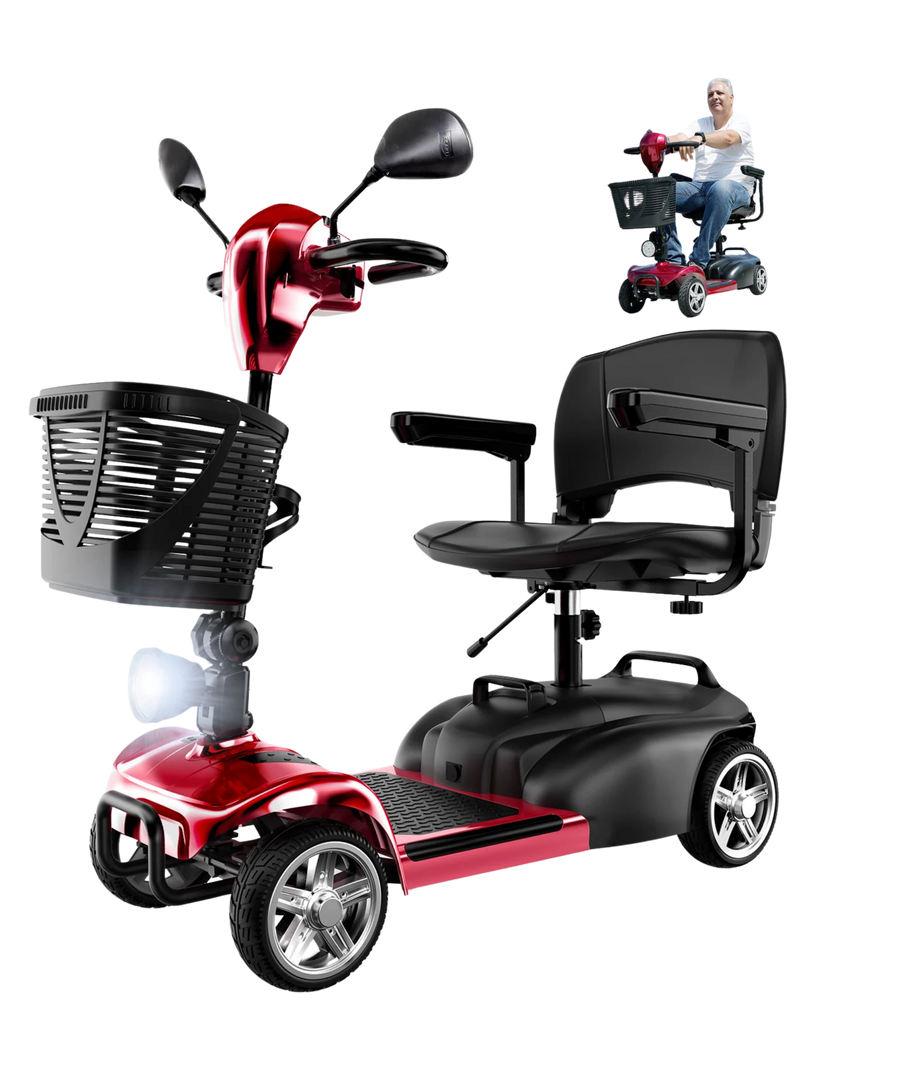
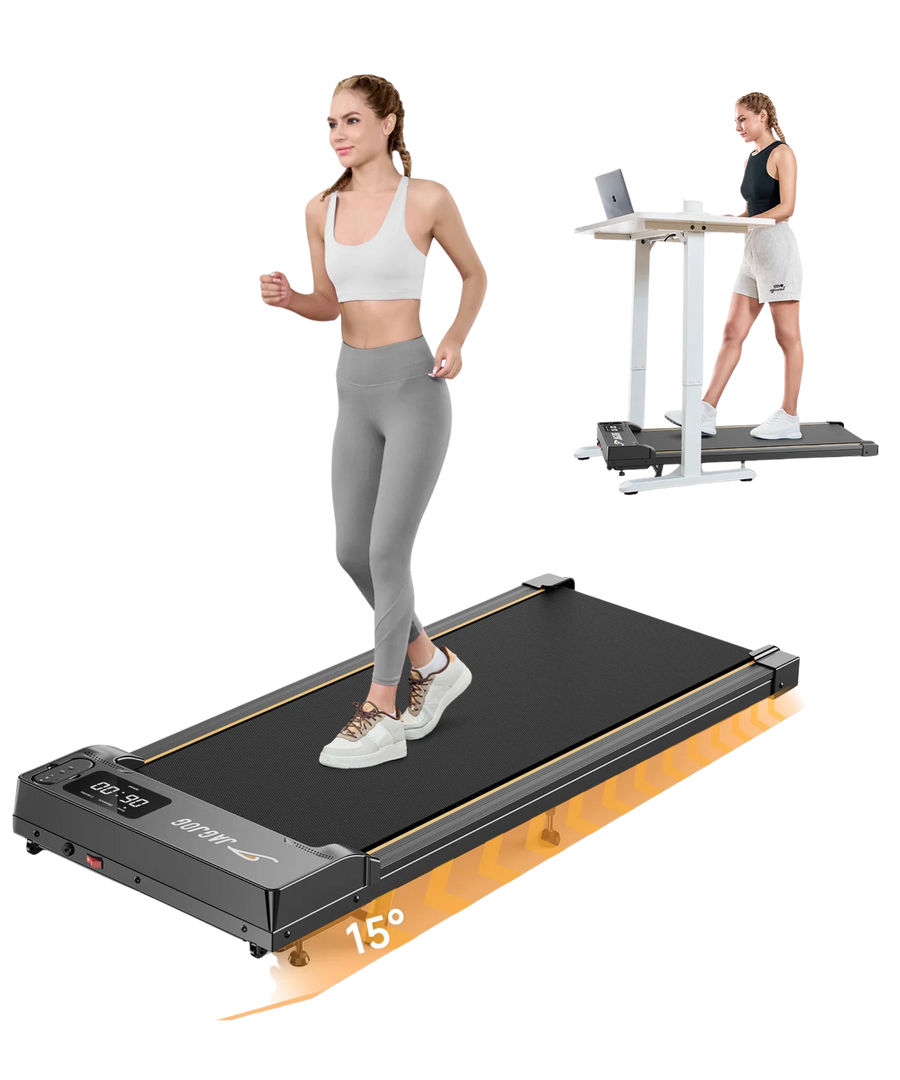

























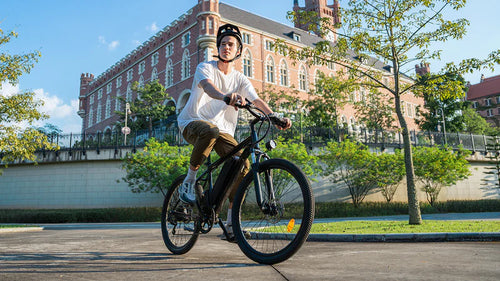




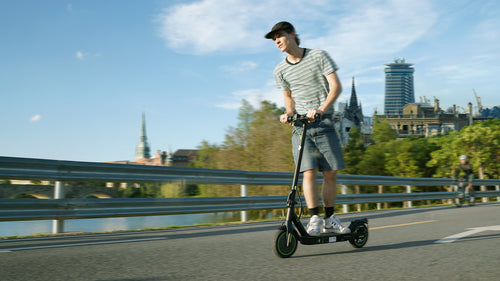


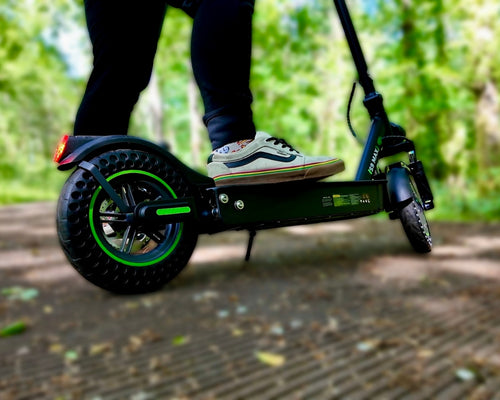
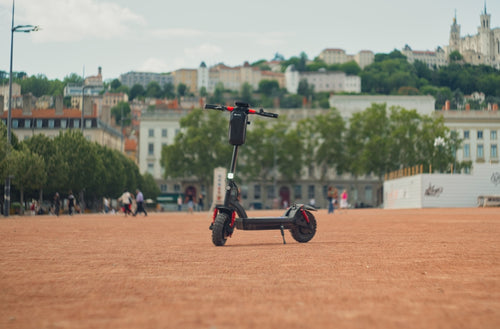
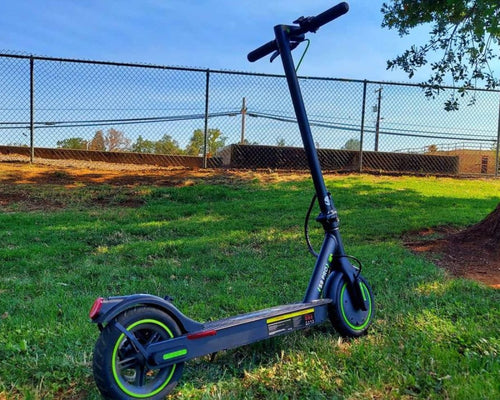





Leave a comment